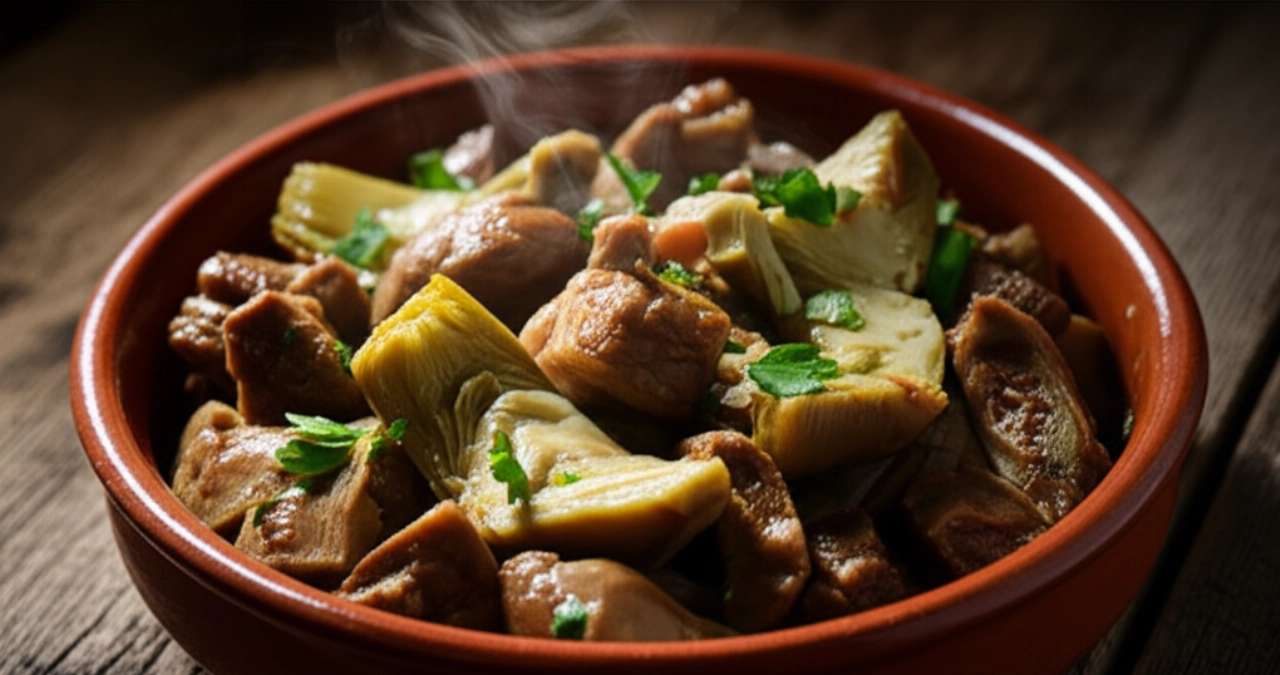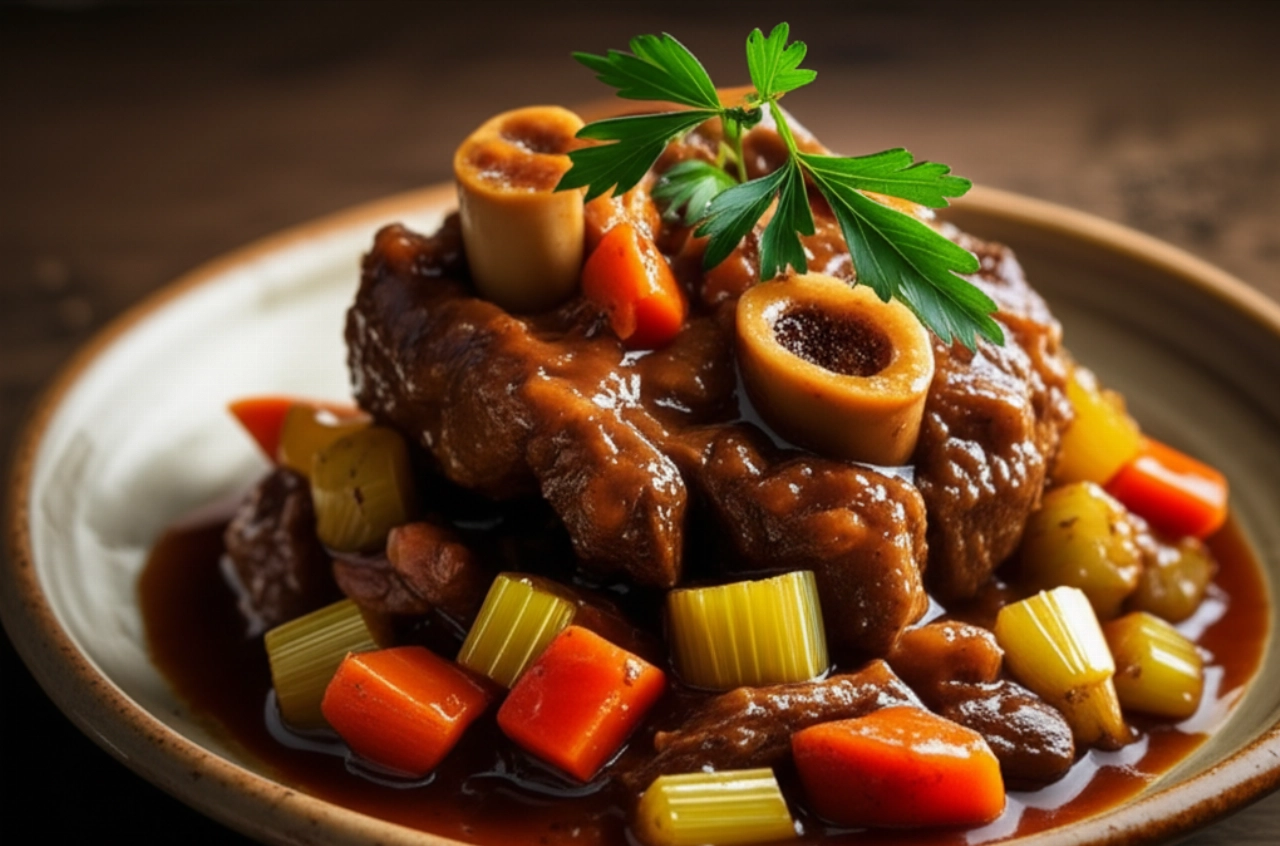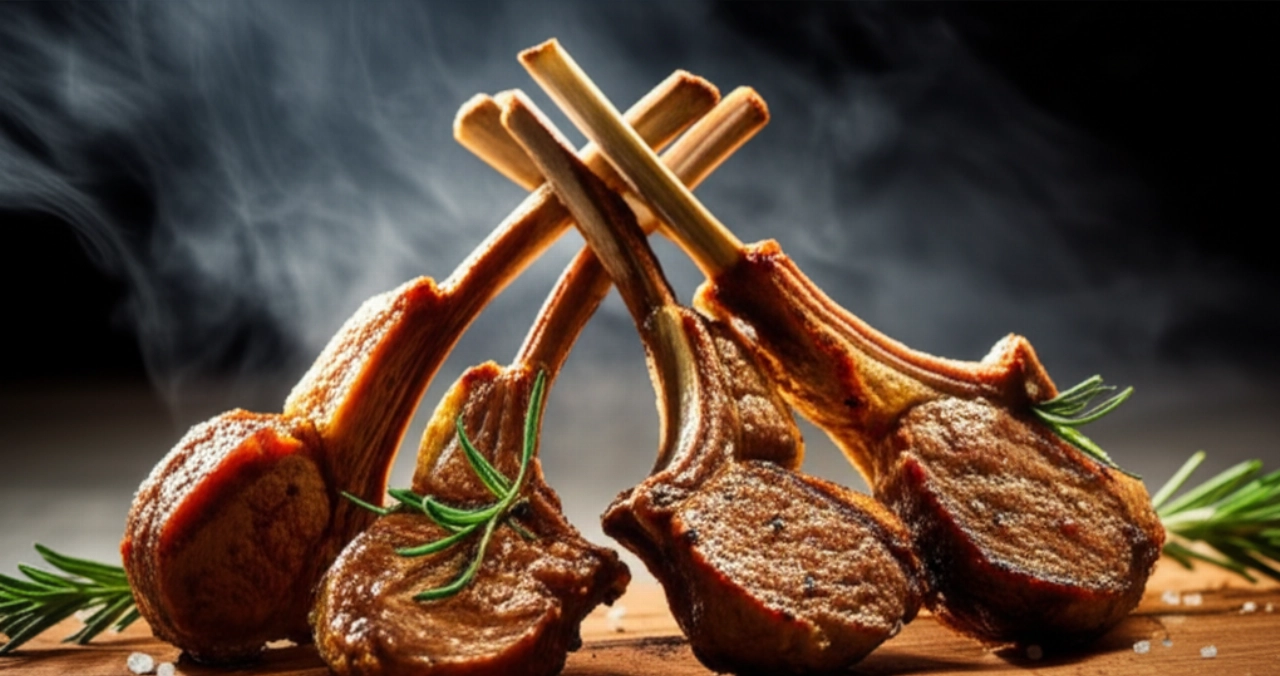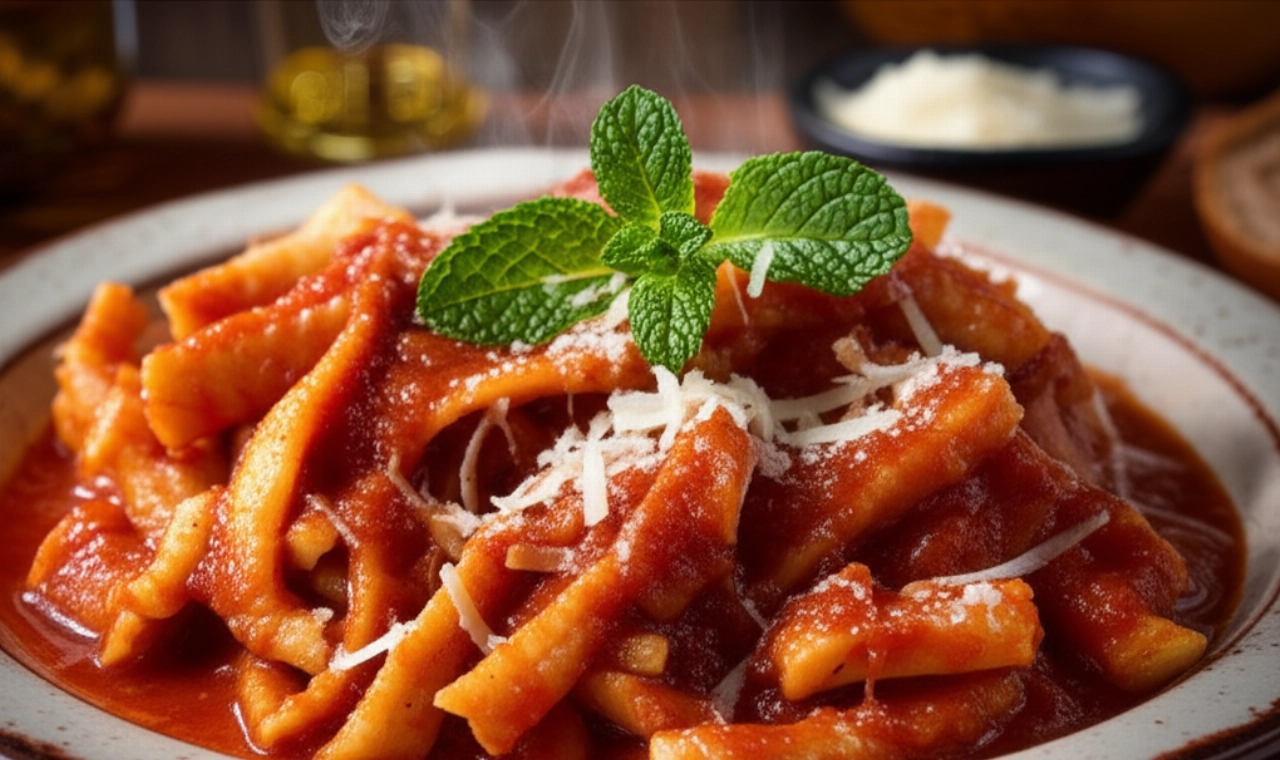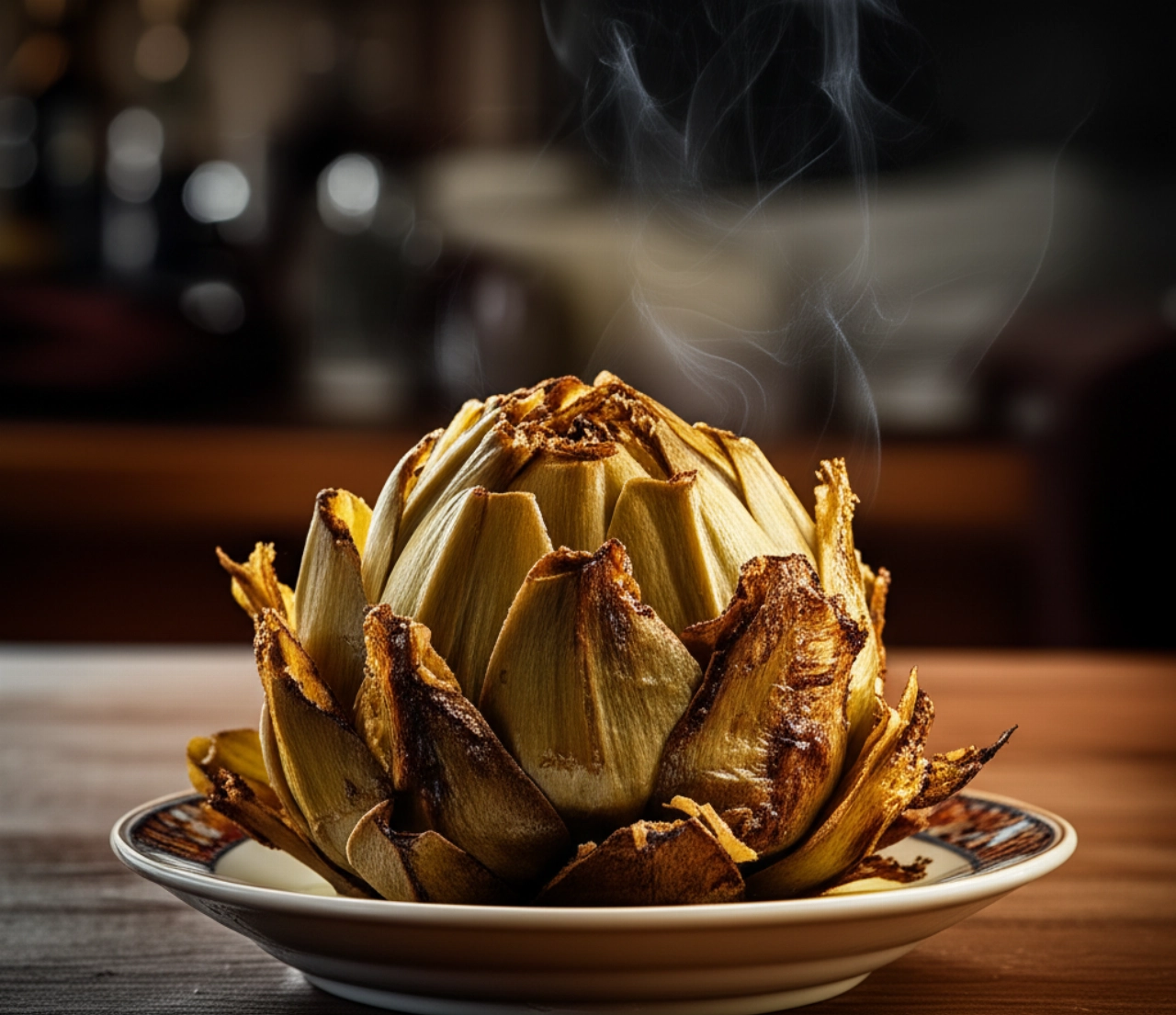Dreaming of bringing a pasta dish to the table that's an explosion of flavor, with that spicy kick that warms the heart but doesn't burn the palate? Penne all'Arrabbiata is a timeless classic of Roman cuisine, a true ode to simplicity and authentic taste.
But how many times have you tasted a disappointing version? Too watery, too bland, or on the contrary, so aggressive it overwhelms every other flavor. Finding "the right" recipe, the one that makes you exclaim "Wow!", seems almost impossible.
Make yourself comfortable, because on this page you won't just find a list of ingredients. I'll reveal all the secrets to preparing perfect Penne all'Arrabbiata, with just the right amount of spiciness and a rich sauce that will make you feel like you're in Rome, even if you're at home. Success, I guarantee, is just a forkful away!
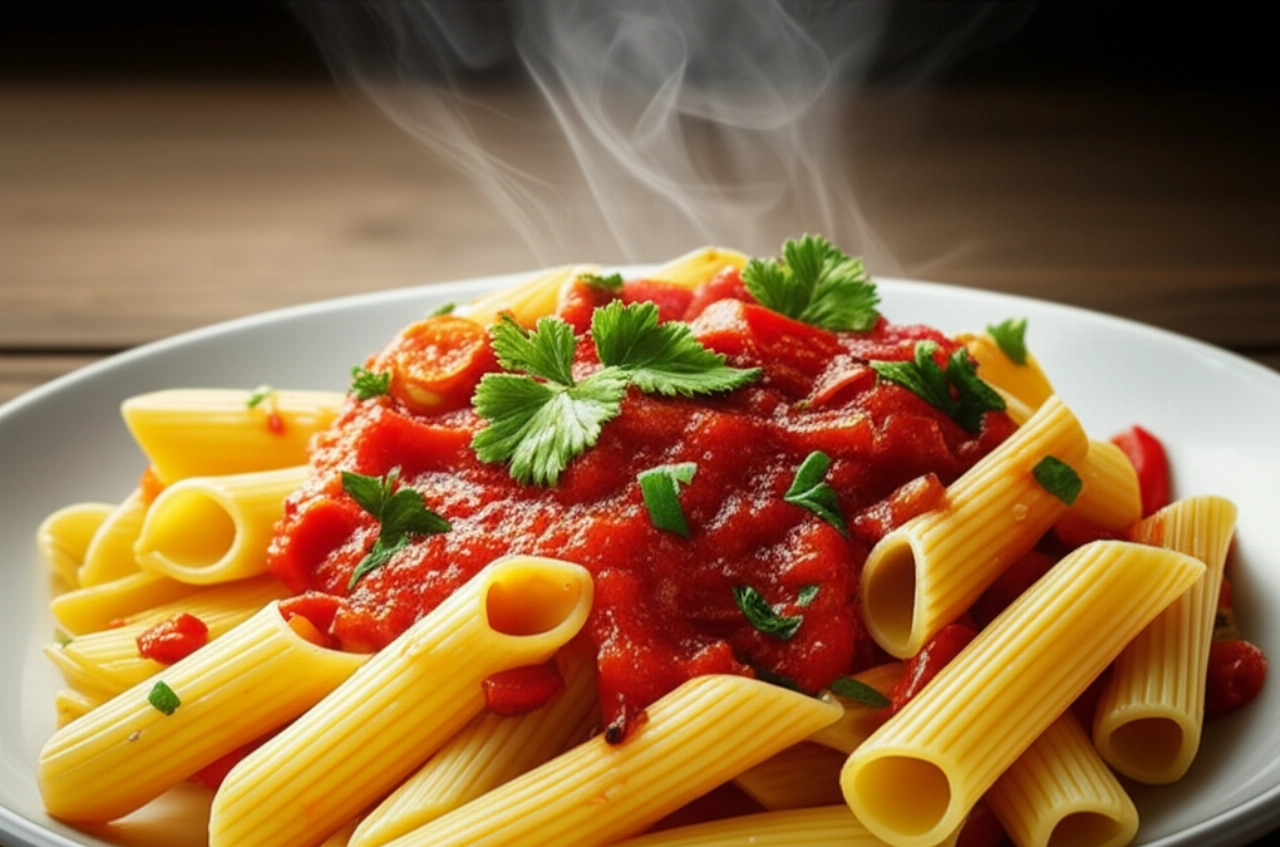
Ingredients for Perfect Penne all'Arrabbiata: The Choice That Makes the Difference
For such an iconic dish, ingredient quality is fundamental. It's not just about quantity, but the "why" behind each choice. Here's what you'll need for a textbook Arrabbiata:
- Penne Rigate: These are the ideal pasta for this sauce. The ridges and hollow shape perfectly capture and hold the sauce, ensuring an explosion of flavor with every bite.
- Quality Peeled Tomatoes: Choose good peeled tomatoes, preferably San Marzano or at least of Italian origin. They are the heart of the sauce, and their natural sweetness will balance the chili's spiciness. Avoid overly liquid purees or concentrates that would alter the flavor.
- Fresh Garlic: Not garlic powder! We'll use whole cloves, crushed or lightly scored, to infuse their aroma without dominating. They will be removed before serving, leaving only a delicate fragrance.
- Fresh and Dried Chili Pepper: The secret to perfect spiciness is a mix. Fresh chili (a small red chili pepper) will give a more vibrant aroma and immediate heat, while a pinch of dried chili (ground or flakes) will ensure a longer persistence on the palate. Adjust the quantity to your taste, but don't overdo it!
- Extra Virgin Olive Oil: Good EVO oil is the vehicle for all flavors. Choose one of medium intensity that can bind the ingredients without overpowering them.
- Fresh Parsley: It's not just a garnish! Added at the end, finely chopped parsley adds a note of freshness that "cleanses" the palate and balances the richness of the sauce.
- Coarse Salt and Fine Salt: For the pasta and for the sauce.
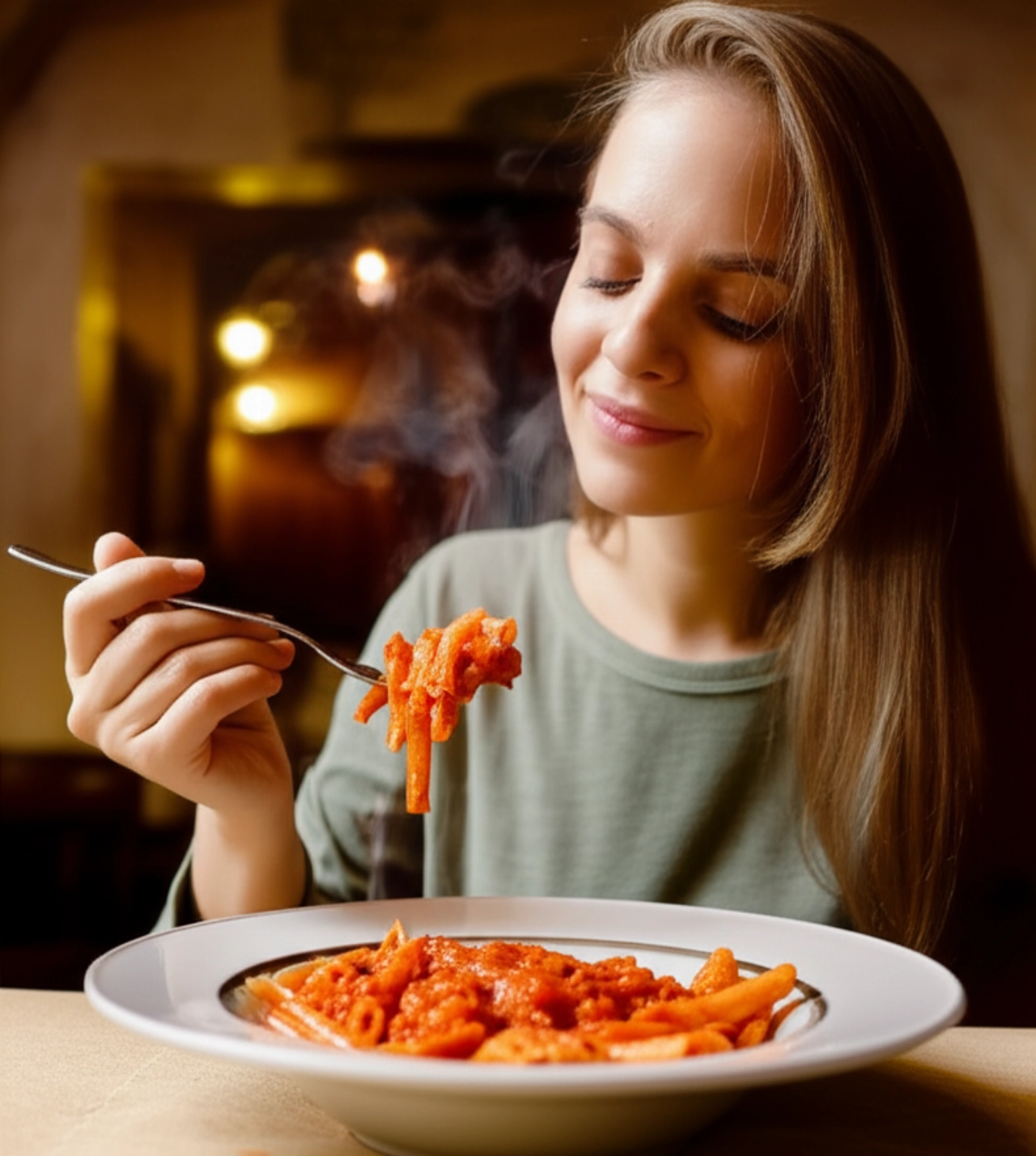
The 3 Mistakes That Ruin Penne all'Arrabbiata (and How to Avoid Them)
As a true guardian of the kitchen, I warn you about the most common pitfalls. Avoiding them will guarantee tremendous success and save you time and precious ingredients:
- Overdoing the Chili or Burning It: An Arrabbiata should be spicy, not scorching! Start with a little and add more if needed. But most importantly, don't burn the chili in the sauté: it will become bitter and ruin everything. The oil should be hot, but not smoking.
- Burning the Garlic: Burnt garlic releases an unpleasant, bitter taste. It should only gently brown, releasing its aroma into the oil. As soon as it starts to color, remove it or immediately lower the flame.
- Sauce Too Liquid or Too Thick: A good Arrabbiata has a sauce that coats the pasta. If it's too liquid, it won't stick; if too thick, it will be heavy. Slow cooking the tomatoes over low heat is key to the right consistency. And remember, a little pasta cooking water helps to emulsify and bind.
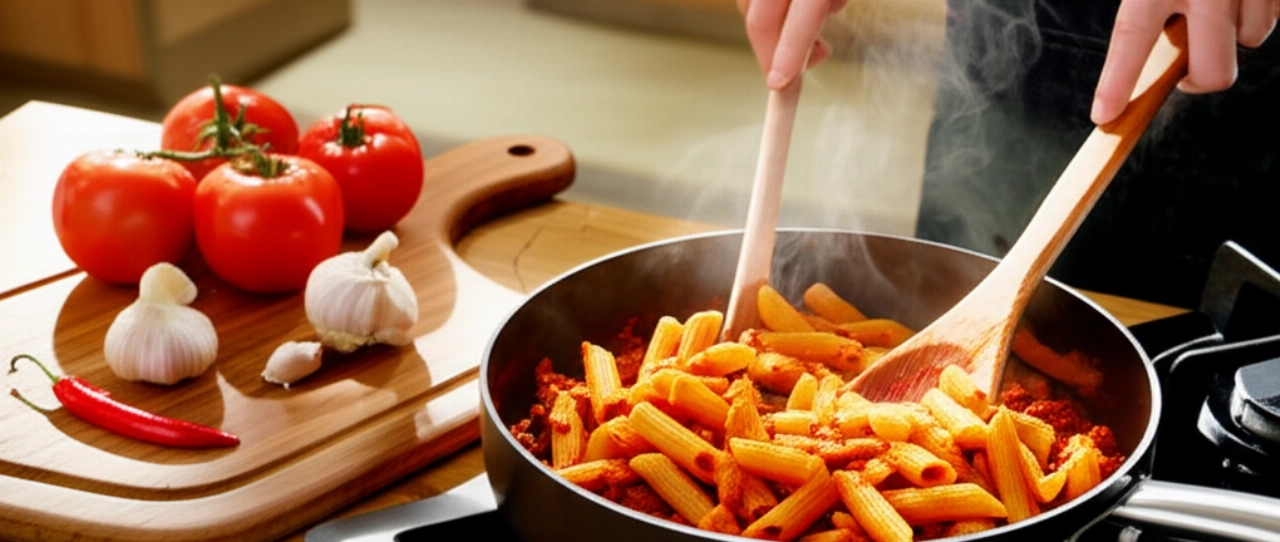
The Extra Touch: The Secret to an Arrabbiata Worthy of Applause
My grandmother, who prepared tons of Arrabbiata, always said that the secret isn't just in the chili, but in how you treat it. She always used a mix of fresh chili, for a more intense aroma and vibrant heat, and a pinch of dried chili, for persistence on the palate. And then, a trick few know, but which makes all the difference:
"After browning the garlic and chili in the oil, before adding the tomatoes, deglaze everything with a tablespoon of pasta cooking water. This simple gesture creates an even richer aromatic base and helps to bind the flavors sublimely. It's like giving the sauce a hug before it meets the pasta!"
This small gesture, passed down from generation to generation, makes the sauce incredibly rich and deep.
Let's Prepare Penne all'Arrabbiata Together: The Step-by-Step Guide
Now that you know all the secrets, it's time to get cooking. Follow each step carefully and success is guaranteed!
- Prepare the Ingredients: First, finely chop the parsley. Lightly crush the garlic cloves (without fully peeling them, so they'll be easier to remove later) and thinly slice the fresh chili (if using). Have the peeled tomatoes ready, which you'll coarsely crush with your hands or a fork.
- The Magic Sauté: In a large skillet (big enough to later hold the pasta), pour a generous drizzle of extra virgin olive oil. Turn the heat to low. As soon as the oil heats up, add the garlic cloves and chili (both fresh and dried). Let the garlic gently brown, releasing its aroma. It must not burn!
- Grandma's Secret in Action: When the garlic is golden and the chili has released its aroma, add a tablespoon of pasta cooking water (if you've already put it on to boil, otherwise a tablespoon of regular water). Let it evaporate for an instant, creating an intense aromatic base.
- Add the Tomatoes: Pour the crushed peeled tomatoes into the skillet. Season with salt. Bring to a boil, then lower the heat to minimum, partially cover, and let the tomato sauce cook for at least 20-25 minutes, stirring occasionally. The sauce should thicken and the flavors should meld. Halfway through cooking, remove the garlic cloves.
- Cook the Pasta: While the sauce simmers, bring a large pot of salted water to a boil. Time it well: the pasta should be ready almost simultaneously with the sauce. Cook the penne rigate according to the package directions, but drain them 2-3 minutes before the full cooking time; they should be very al dente.
- The Perfect Emulsification: Drain the penne directly into the skillet with the sauce, reserving a ladleful of cooking water. Turn the heat under the skillet to high and begin to emulsify the pasta in the sauce, stirring vigorously. If necessary, add a little pasta cooking water, one tablespoon at a time, to create a creamy sauce that coats the penne. Continue stirring for 2-3 minutes, until the pasta has absorbed the sauce well and has become glossy and rich.
- The Final Touch: Turn off the heat. Add the fresh chopped parsley and stir one last time.
- Serve Immediately: Plate your steaming Penne all'Arrabbiata. There's no need for cheese (Roman tradition doesn't include it), but if you absolutely can't do without it, a tiny sprinkle of freshly grated Pecorino Romano can be tolerated, but I recommend tasting them plain first to appreciate all the flavors.
Tips and Frequently Asked Questions about Penne all'Arrabbiata
As your trusted chef, I know you might still have some doubts. Here are the answers to the most common questions:
- Can I use fresh tomatoes instead of peeled ones?
- Certainly! If you have ripe and flavorful fresh tomatoes (like San Marzano or datterini), you can use them. Blanch them, peel them, remove the seeds, and coarsely chop them. The cooking time for the sauce might be slightly longer to allow them to thicken.
- How can I adjust the spiciness?
- The secret is to taste! Start with a minimal amount of chili. If you're using fresh chili, you can remove the seeds to reduce the spiciness. If it seems not spicy enough at the end, you can add another pinch of dried ground chili directly to the plate or to the hot oil before adding the tomatoes.
- Can I prepare the sauce in advance?
- Absolutely yes! Arrabbiata sauce is also excellent prepared in advance. In fact, sometimes it's even better the next day because the flavors have melded well. Store it in the refrigerator in an airtight container for 2-3 days. When ready to use, heat it and then proceed with cooking the pasta and emulsifying.
- What's the best pasta besides penne?
- Penne rigate are the classic and ideal choice. However, you can use other short pasta shapes like rigatoni, maccheroni, or even mezze maniche, as long as they have a shape that captures the sauce well.
- Can I add cheese?
- Roman tradition does not include adding cheese to Penne all'Arrabbiata. The intense flavor of the sauce and chili is meant to be appreciated in its purity. If you absolutely can't do without it, a very light sprinkle of freshly grated Pecorino Romano can be a compromise, but I strongly recommend trying the "pure" version at least the first time!
There you have it! Now you don't just have a recipe, but all the secrets to bringing a plate of Penne all'Arrabbiata to the table that everyone will fall in love with, with that authentic flavor and balanced spiciness that only true traditional Italian cuisine can offer. It's a true one-dish meal, perfect for a dinner with friends or a moment of pure pleasure.
Don't be afraid to experiment, but start from this solid base and you'll see that success is guaranteed. Cooking is an act of love, and with this recipe, your love will be palpable in every bite, perhaps accompanied by a delicious "scarpetta".
Have you tried our recipe? We're very curious to see your masterpiece! Leave a comment below, tell us how it went, or share a photo on Instagram by tagging @CercaRicette.it. If you loved these Penne all'Arrabbiata, you can't miss our recipe for perfect Pasta alla Carbonara or for a delicious appetizer like the original Roman Supplì.

